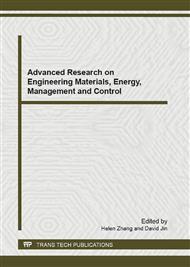p.751
p.756
p.761
p.765
p.770
p.773
p.777
p.780
p.784
Cost-Effective Energy Recovery Circuit for Plasma Display
Abstract:
A cost-effective energy recovery (ER) circuit for plasma display is proposed in this paper. Besides main full-bridge sustain switches, the ER circuit should be included in the sustain driver for plasma display to reduce the power loss. The proposed ER circuit consists of four diodes and a single external inductor. Due to a simpler structure than the conventional ER circuit, the efficiency can be improved and the overall cost is reduced. Theoretical analysis and performance of the proposed ER circuit were verified on an experimental prototype operating at 200 kHz switching frequency
Info:
Periodical:
Pages:
770-772
Citation:
Online since:
January 2012
Authors:
Keywords:
Price:
Сopyright:
© 2012 Trans Tech Publications Ltd. All Rights Reserved
Share:
Citation:


